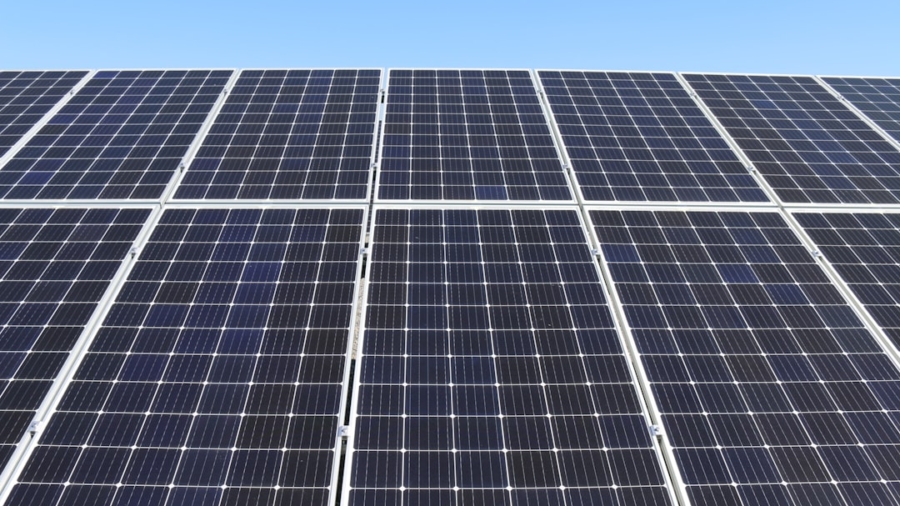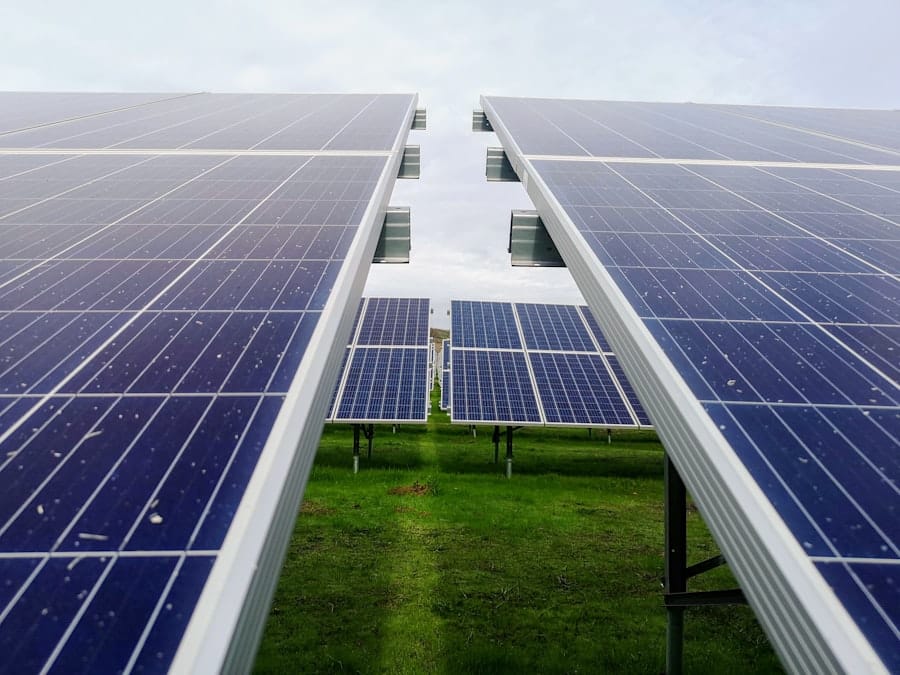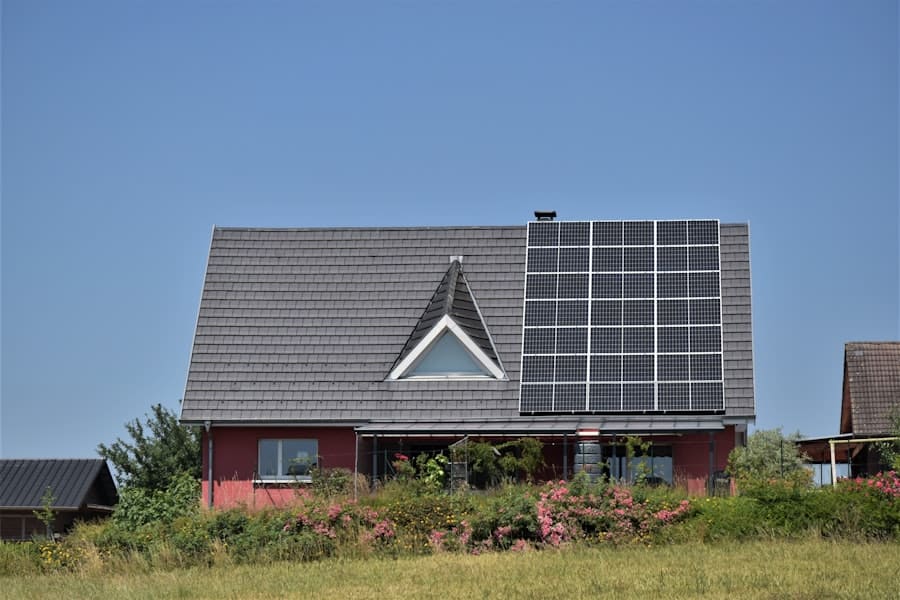The landscape of energy consumption is undergoing a significant transformation, driven by the urgent need for sustainable practices and the integration of renewable energy sources.
This innovative approach allows individuals and businesses to buy and sell excess energy generated from renewable sources, such as solar panels or wind turbines, directly with one another.
By leveraging local energy production, P2P trading not only enhances energy efficiency but also empowers consumers to take control of their energy choices. The rise of P2P renewable energy trading is closely linked to the increasing adoption of decentralized energy systems. Traditional energy markets are often characterized by centralized control, where large utility companies dictate pricing and distribution.
In contrast, P2P trading fosters a decentralized model that encourages local energy generation and consumption. This shift not only promotes sustainability but also enhances grid resilience by reducing reliance on centralized power plants. As communities become more engaged in energy production, the potential for localized energy economies emerges, paving the way for a more sustainable and equitable energy future.
Key Takeaways
- Peer-to-peer renewable energy trading allows individuals to buy and sell excess energy directly to each other, bypassing traditional energy suppliers.
- Blockchain technology plays a crucial role in enabling secure and transparent transactions in renewable energy trading by creating a decentralized and tamper-proof ledger.
- The benefits of peer-to-peer renewable energy trading include lower energy costs, increased energy independence, and reduced carbon emissions.
- Challenges and limitations of blockchain-enabled renewable energy trading include regulatory hurdles, scalability issues, and the need for standardization.
- Case studies of successful peer-to-peer renewable energy trading platforms, such as Power Ledger and WePower, demonstrate the potential for widespread adoption of this model.
The Role of Blockchain Technology in Renewable Energy Trading
Blockchain technology serves as the backbone of P2P renewable energy trading platforms, providing a secure and transparent framework for transactions. At its core, blockchain is a distributed ledger technology that enables multiple parties to record and verify transactions without the need for a central authority. This decentralized nature is particularly advantageous in the context of energy trading, where trust and transparency are paramount.
Each transaction is recorded in a block, which is then linked to previous blocks, creating an immutable chain of records that can be accessed by all participants in the network. One of the key advantages of using blockchain in renewable energy trading is its ability to facilitate real-time transactions. Smart contracts, which are self-executing contracts with the terms of the agreement directly written into code, can automate the trading process.
For instance, when a solar panel owner generates excess electricity, a smart contract can automatically execute a sale to a neighbor who needs additional power. This not only streamlines the trading process but also reduces transaction costs associated with intermediaries. Furthermore, blockchain enhances traceability, allowing consumers to verify the source of their energy and ensuring that it comes from renewable sources.
Benefits of Peer-to-Peer Renewable Energy Trading
The benefits of P2P renewable energy trading extend beyond individual participants; they have far-reaching implications for communities and the environment as a whole. One of the most significant advantages is the potential for cost savings. By enabling consumers to buy energy directly from local producers, P2P trading can reduce reliance on traditional utility companies and their associated fees.
This localized approach can lead to lower energy prices for consumers while providing an additional revenue stream for those who generate excess energy.
As individuals see the financial benefits of generating their own power and selling excess energy, they are more likely to invest in solar panels or other renewable sources.
This increased demand can drive innovation and lower costs for renewable technologies, further accelerating the transition to a sustainable energy future. Additionally, P2P trading fosters community engagement and collaboration, as neighbors work together to create a more resilient and self-sufficient energy ecosystem.
Challenges and Limitations of Blockchain-enabled Renewable Energy Trading
Despite its promising potential, P2P renewable energy trading faces several challenges and limitations that must be addressed for widespread adoption. One significant hurdle is the regulatory landscape surrounding energy markets. Many countries have established regulations that govern how electricity can be bought and sold, often favoring traditional utility models over decentralized approaches.
Navigating these regulations can be complex and may hinder the growth of P2P trading platforms. Another challenge lies in the technological infrastructure required to support blockchain-enabled trading. While blockchain offers numerous advantages, it also demands robust internet connectivity and access to digital devices.
In regions where internet access is limited or unreliable, the implementation of P2P trading may be impractical. Additionally, concerns regarding data privacy and security must be addressed to build trust among participants in the trading network. Ensuring that personal information is protected while maintaining transparency in transactions is crucial for fostering confidence in P2P trading systems.
Case Studies of Successful Peer-to-Peer Renewable Energy Trading Platforms
Several pioneering platforms have emerged globally, showcasing the viability of P2P renewable energy trading. One notable example is Power Ledger, an Australian-based company that has developed a blockchain platform enabling users to trade excess solar energy with their neighbors. Power Ledger’s platform allows participants to track their energy production and consumption in real-time, facilitating transparent transactions without intermediaries.
The success of Power Ledger has led to partnerships with various utilities and governments worldwide, demonstrating the scalability of P2P trading models. Another compelling case study is that of LO3 Energy’s Transactive Grid project in Brooklyn, New York. This initiative allows residents with solar panels to sell their excess electricity directly to neighbors through a blockchain-based platform.
The project has not only empowered local residents but has also provided valuable insights into consumer behavior and preferences regarding energy consumption. By analyzing transaction data, LO3 Energy has been able to refine its platform and enhance user experience while promoting community engagement in renewable energy initiatives.
Regulatory and Policy Considerations for Blockchain-enabled Renewable Energy Trading
Clear Guidelines for P2P Trading Platforms
One key consideration is the need for clear guidelines on how P2P trading platforms should operate within existing regulatory frameworks. This includes defining roles for participants, establishing standards for transaction verification, and addressing issues related to grid interconnection.
Incentivizing Participation in P2P Trading
In addition to regulatory clarity, policymakers must also consider incentives that encourage participation in P2P trading systems. This could involve tax credits or subsidies for individuals who invest in renewable technologies or participate in local energy markets.
Unlocking the Full Potential of P2P Trading
Furthermore, governments can play a pivotal role in promoting public awareness about the benefits of P2P trading and renewable energy adoption. By creating an enabling environment that supports innovation while safeguarding consumer interests, regulators can help unlock the full potential of blockchain-enabled renewable energy trading.
Future Outlook for Peer-to-Peer Renewable Energy Trading
The future of P2P renewable energy trading appears promising as technological advancements continue to reshape the energy landscape. As blockchain technology matures, we can expect increased interoperability between different platforms, allowing for seamless transactions across various networks. This interconnectedness will enhance market liquidity and provide consumers with more options for buying and selling energy.
Moreover, as more individuals become aware of climate change and its impacts, there will likely be a growing demand for sustainable energy solutions. P2P trading aligns perfectly with this trend by empowering consumers to make environmentally conscious choices while benefiting economically from their participation in local energy markets. The integration of artificial intelligence (AI) and machine learning into these platforms could further optimize trading strategies by analyzing consumption patterns and predicting demand fluctuations.
The Potential Impact of Blockchain on the Renewable Energy Market
The integration of blockchain technology into peer-to-peer renewable energy trading has the potential to revolutionize how we think about energy consumption and distribution. By enabling direct transactions between producers and consumers, blockchain fosters transparency, efficiency, and sustainability within the energy market. As communities embrace this decentralized model, they not only contribute to reducing carbon emissions but also create resilient local economies centered around renewable resources.
While challenges remain in terms of regulation and technological infrastructure, ongoing innovations and successful case studies demonstrate that P2P trading is not just a theoretical concept but a practical solution gaining traction worldwide. As we look ahead, it is clear that blockchain-enabled renewable energy trading will play a pivotal role in shaping a more sustainable future for our planet, empowering individuals and communities alike to take charge of their energy destinies.
Blockchain technology is revolutionizing various industries, including renewable energy trading. In a related article, Discover the Best Free Software for Translation Today, the focus is on how technology is changing the way we communicate across languages. Just as blockchain is enabling peer-to-peer energy trading, translation software is making it easier for people to connect and understand each other regardless of language barriers. Both articles highlight the power of technology in transforming traditional processes and creating more efficient and accessible solutions.
FAQs
What is blockchain technology?
Blockchain technology is a decentralized, distributed ledger that records transactions across multiple computers in such a way that the recorded transactions cannot be altered retroactively. It is the underlying technology behind cryptocurrencies like Bitcoin and has various applications beyond digital currencies.
What is peer-to-peer renewable energy trading?
Peer-to-peer renewable energy trading is a system where individuals or organizations can buy and sell excess renewable energy directly to one another, without involving a centralized utility company. This allows for more efficient use of renewable energy resources and can help to reduce energy costs for participants.
How does blockchain enable peer-to-peer renewable energy trading?
Blockchain enables peer-to-peer renewable energy trading by providing a secure and transparent platform for recording and verifying energy transactions. Smart contracts, which are self-executing contracts with the terms of the agreement directly written into code, can be used to automate the trading process and ensure that transactions are carried out as agreed upon.
What are the benefits of peer-to-peer renewable energy trading enabled by blockchain?
Some of the benefits of peer-to-peer renewable energy trading enabled by blockchain include increased efficiency in energy distribution, reduced reliance on centralized utility companies, lower energy costs for participants, and a more sustainable and environmentally friendly energy system.
Are there any challenges or limitations to peer-to-peer renewable energy trading with blockchain?
Challenges and limitations to peer-to-peer renewable energy trading with blockchain include regulatory hurdles, technical complexities, and the need for widespread adoption and infrastructure development. Additionally, the intermittent nature of renewable energy sources like solar and wind can present challenges for ensuring a consistent energy supply for participants.



